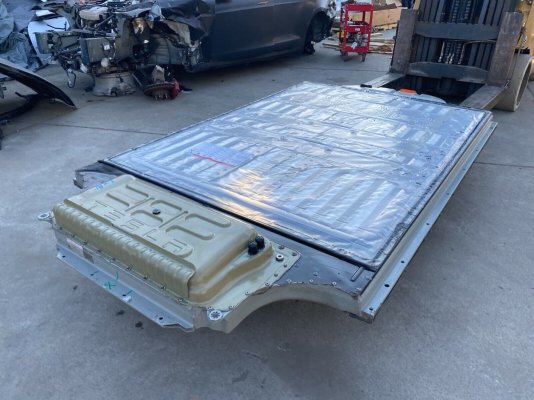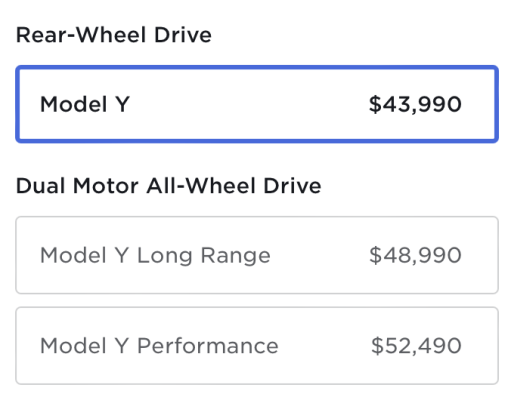I'd imagine the early days of ICE travel were pretty harrowing, as well. I can remember my Grandmom telling of how, as a kid, they'd come from her home in Harrisburg PA, to visit her relatives in Glenn Dale, MD, and it was an all day trip. This was like back in the 1930s. I don't know what the fuel economy/range was of your typical 30s car, but in those pre-interstate days, the roads between here and there would hit every single town along the way. And I think, depending on the way you went, you either went through downtown Frederick, or downtown Baltimore, so that no doubt took awhile. I'd imagine the grades going up and down the mountains were a lot more steep and winding, as well. I'd imagine gas stations weren't as common as they are today, either.
These days, I can make that same trip in under two hours, if traffic cooperates.
One thing I miss with gasoline cars, is that most of them don't really have big gas tanks anymore. My first car was a 1980 Malibu, and it had an 18 gallon tank. My most recent car, a 2023 Charger, has a whopping 18.5 gallon tank. Some of those bigger cars had like a 25-26 gallon tank, though. My Grandmom's '85 LeSabre could get 25 mpg on a highway run, with ease, so in theory, you could get over 600 miles out of it! But I'm guessing most modern cars just don't have that much room underneath to put a fuel tank. Plus these days it's usually under the back seat, rather than strapped under the trunk, and they get the spare tire under the trunk floor, where the tank used to be. Modern cars don't have all that rear overhang like they used to, so there's just less space under there. Plus, with crash safety standards, I don't think they can even just strap a tank under the trunk, like they used to.
One of my friends has a Nissan Kicks, a tiny crossover that I think gets 30+ mpg. But, it doesn't even have a 10 gallon tank. So realistically, he's getting about the same range as I did, as a teenager in the 80's, with that old Malibu.


